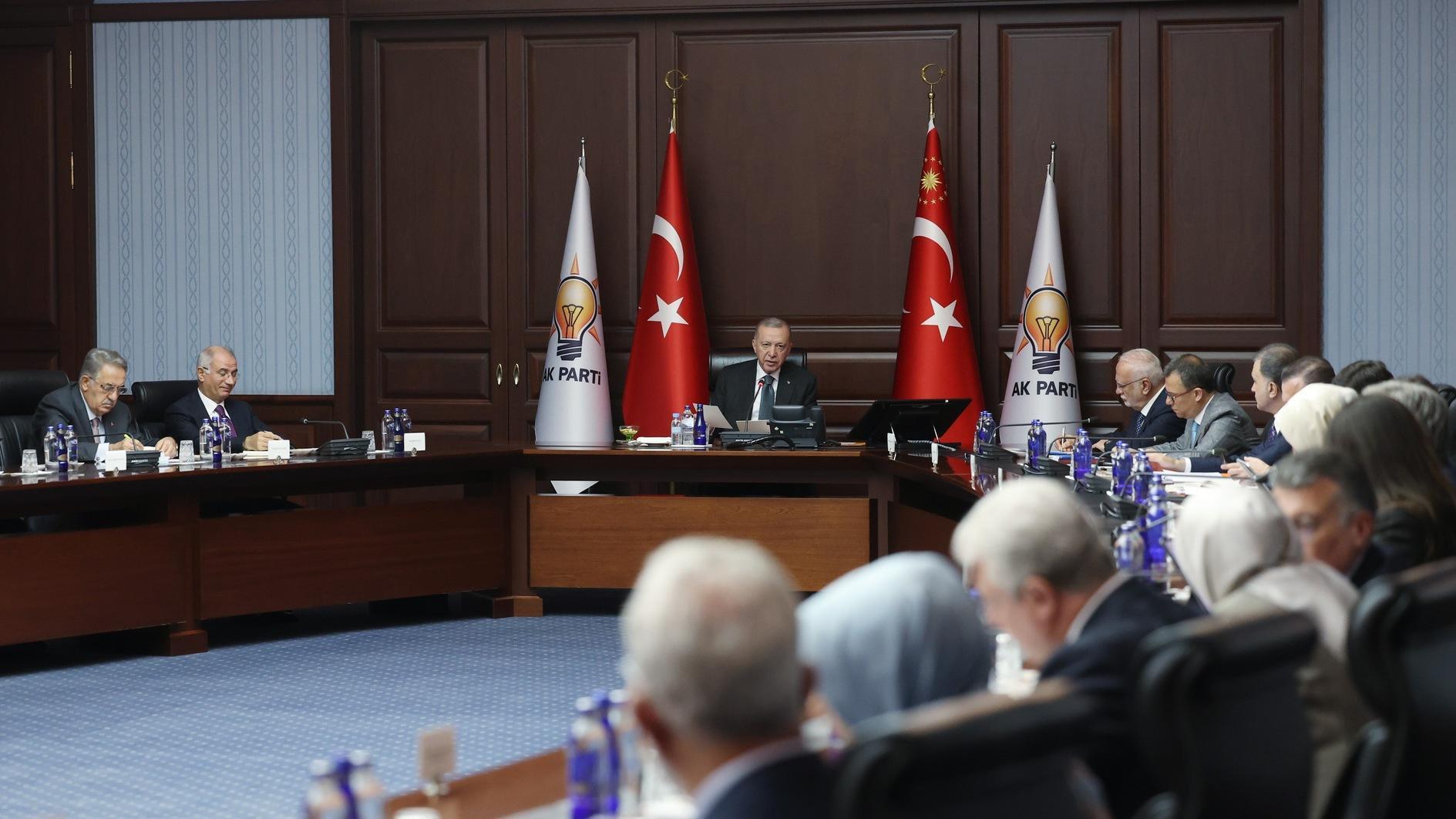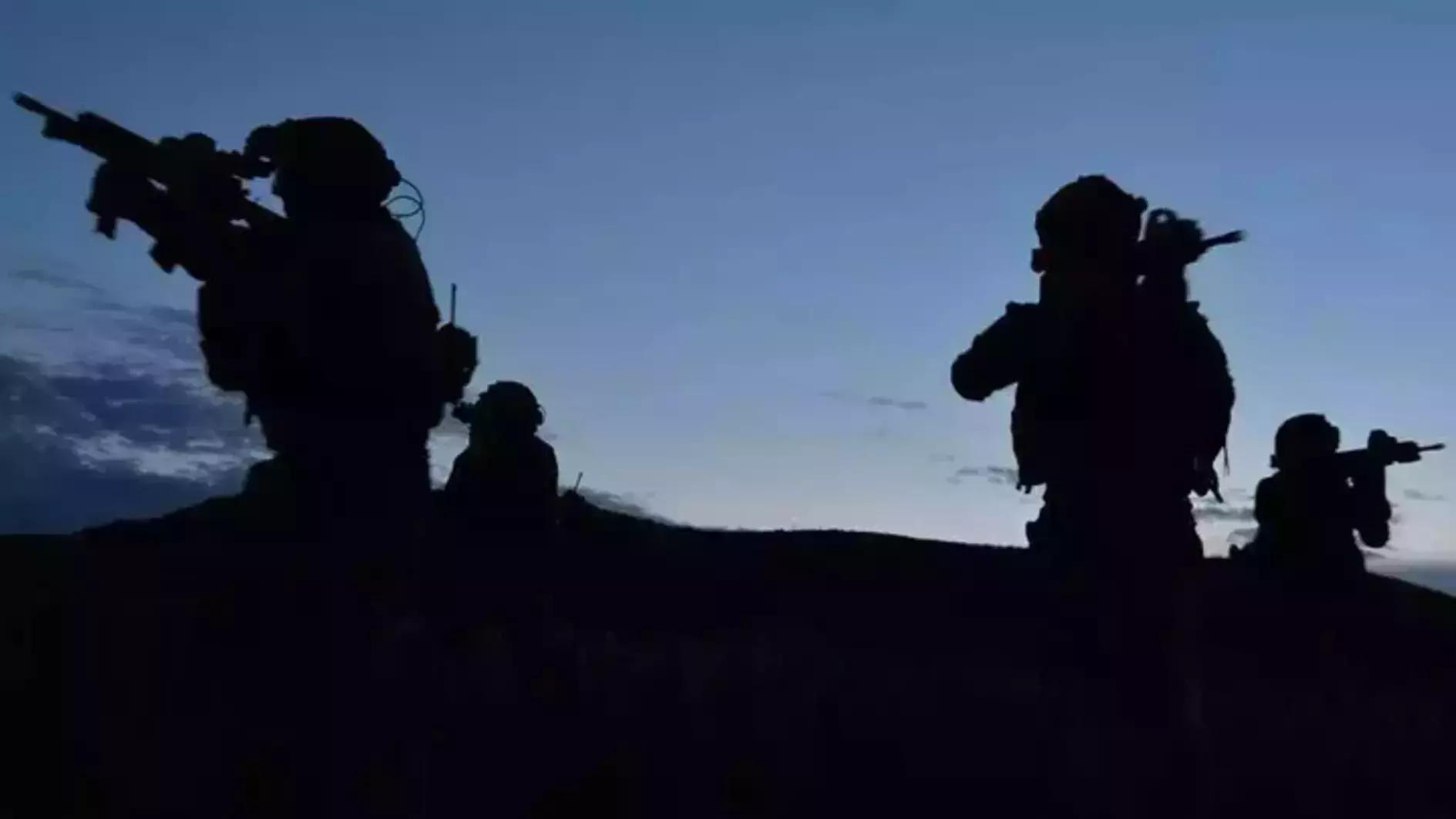NATO, Russia hail joint test to detect bombers in crowds
BRUSSELS - Agence France-Presse
Once implacable Cold War foes, NATO and Russia Wednesday claimed a major breakthrough in the fight against a shared enemy -- terrorist bombers targeting big commuter hubs or sports venues.NATO said in a video news release featuring Russian partners that after some four years and 4.8 million euros ($6.6 million) of investment, they could now foil the bombers by mass screening of crowds.
The Stand-off Detection of Explosives programme (baptised STANDEX) "could help NATO allies and Russia prevent terrorist attacks such as those carried out on the public transport systems in London, Madrid and Moscow" to deadly effect over the last decade.
Financed by NATO and the British, French, Italian, Russian, Turkish and US governments, and developed by Dutch, French, German, Italian and Russian laboratories and companies, the Western defence alliance said the new system represents was "world-first technology".
Tested live in June in an underground station in an unnamed European city, the technology "can detect explosives remotely, in real time and without disrupting the flow of passengers," NATO said.
The system uses a series of sensors and microwave scanning technology to detect anomalies in molecular structures as commuters pass unaware.
NATO said the scanning can be done "in full respect of international security laws," with Russia soon due to begin testing response scenarios in the St. Petersburg metro.
Described as their "common child" by Russian NATO diplomat Vladimir Dyakov, the goal now is for industry to scale up the system in the next two years and then see it commercialised in major metro systems, airports and large sports stadia.
















